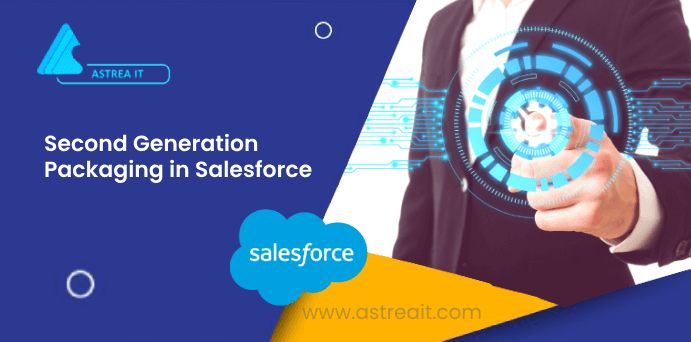Introduction:
In the dynamic realm of Salesforce development, the introduction of second-generation packaging has marked a significant evolution in how applications are built, distributed, and maintained on the platform. This innovative packaging model has addressed several limitations of its predecessor, the first-generation packaging, providing developers with enhanced flexibility, scalability, and ease of management.

Understanding First Generation Packaging
First-generation packaging, also known as "Classic Packaging," was the initial approach for packaging and distributing Salesforce applications. While it served its purpose, it had certain limitations that prompted the need for a more robust and adaptable solution.
Key Limitations of First Generation Packaging
1. Limited Namespace Structure
First-generation packages relied on a hierarchical structure of namespaces, making it challenging to manage and organize components effectively. This limitation hindered the creation of modular and scalable applications.
2. Cumbersome Upgrades
Upgrading packages in the first-generation model was a complex process. Changes in dependencies often led to time-consuming and error-prone upgrades, impacting the overall development lifecycle.
3. Dependency Hell
Dependencies between components within a package were often rigid, resulting in a dependency hell scenario. This made it difficult to isolate and manage changes to individual components without affecting the entire package.
Introducing Second Generation Packaging
In response to the shortcomings of the first-generation model, Salesforce introduced second-generation packages, also known as "Package2" or 2GP. This new packaging model brings about a paradigm shift, offering a more modular, flexible, and scalable approach to building and distributing apps to customers via AppExchange.
Key Features and Advantages of Second Generation Packaging
1. Packaging supports Branching
1GP encouraged linear development. In 2GP, packaging supports branches of development. With linear development, as a developer, you’re unable to make changes that don’t merge with your base code before you’re ready for it to. Branching offers developers more agility in their development of new features.
2. Namespace
The Namespace is what helps ensure apps from different partners avoid collisions between component names. In 1GP, the Namespace was tied to a specific package. Partners who wanted to have multiple packages meant multiple namespaces, which can cause complexity and wasn’t ideal. Now with 2GP, you can define one Namespace for your company and use it for every package you develop. This is a big deal, especially since it allows for a more modular implementation.
3. Modular
1GP encouraged monolithic applications, with every feature of the app included in one package. With 2GP, you’re able to decompose your app to separate modules. Smaller functional modules offer many benefits, including being easier to develop and debug, lower risk releases, among others.
4. Source driven system
1GP works with Source Control, but ultimately the application Source of Truth resides inside the 1GP Packaging Org. In 2GP, the version control system is the source of truth for the application.
5. Patch versions are created with Salesforce CLI
Patch versions created with SFDX means there are no patch orgs, and like mentioned earlier, the version control system is the source of truth. There is no requirement for a specialized org to create patch versions in 2GP compared to 1GP, where patch versions can only be created by patch orgs.
Conclusion
The transition from first-generation to second-generation packaging in Salesforce represents a significant leap forward in the world of application development on the platform. The modular structure, unlocked packages, enhanced versioning, and improved dependency management make second-generation packaging a powerful tool for developers. As organizations continue to leverage Salesforce for their business needs, embracing and mastering the capabilities of second-generation packaging will be crucial for staying competitive in the ever-evolving landscape of cloud-based solutions.
For any queries please reach out to support@astreait.com